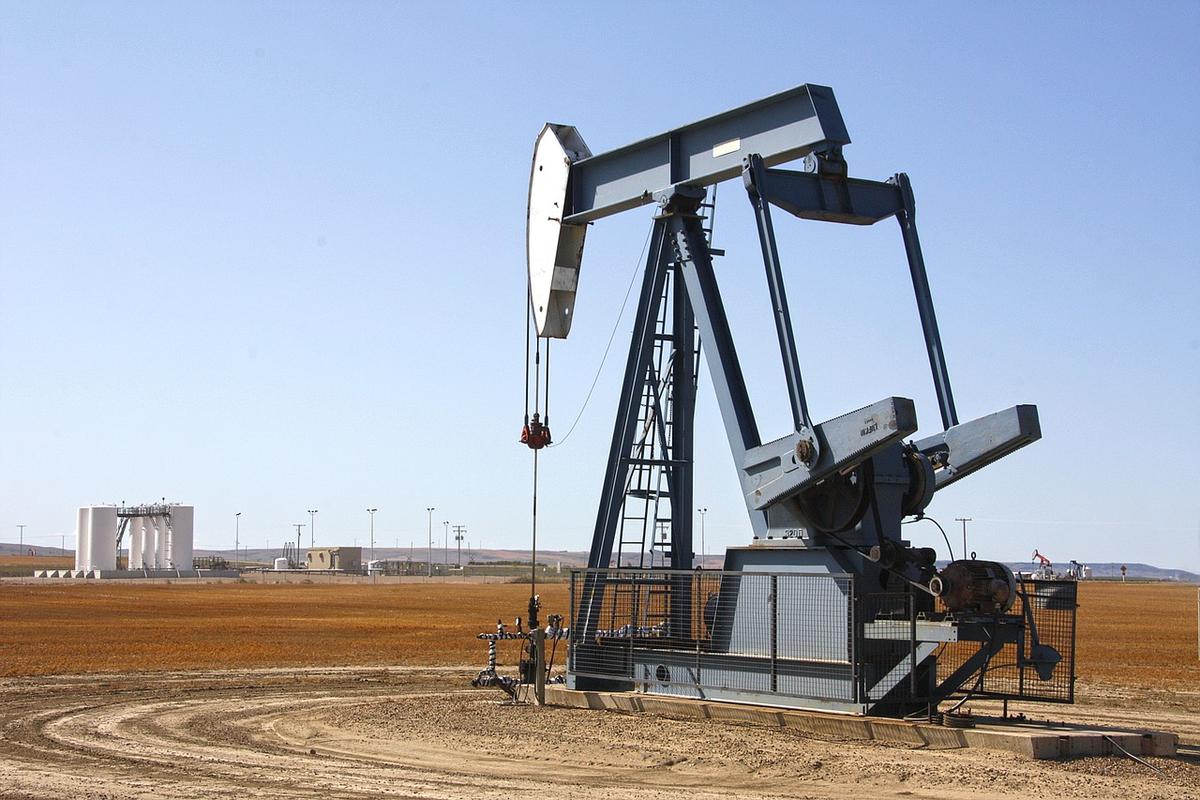
Recently, Israel's continuous airstrikes on Hezbollah targets in Lebanon have escalated the situation in the Middle East, causing severe fluctuations in international oil prices. The Brent crude oil futures price once broke through $80 per barrel, reaching a new high in nearly three months, but then fell back to around $79 per barrel due to the expected release of strategic oil reserves by the United States.
The direct logic behind the escalation of conflicts lies in the profound adjustment of the geopolitical landscape in the Middle East. The Israeli attack on Hezbollah's military facilities is seen as a crucial step in weakening Iran's "resistance arc" strategy. The market is concerned that the conflict may spread to Iran's oil facilities and even threaten the Strait of Hormuz, the throat of 20% of global oil transportation. Goldman Sachs analysis points out that if Iran's crude oil production capacity is completely lost due to the conflict, oil prices may soar above $90 per barrel. This' worst-case scenario 'pricing mechanism directly drove Brent crude oil to skyrocket by 4% in a single day during the early stages of the conflict.
The release of the Strategic Petroleum Reserve (SPR) in the United States has become a key variable in stabilizing oil prices. The market generally expects the United States to follow the record breaking operation of 2024 and announce the release of tens of millions of barrels of SPR to curb inflationary pressures. This expectation led to a nearly 2% drop in oil prices from a high of $80.93. However, the "firefighting" effect of SPR hides long-term risks: the US strategic reserves have dropped to their lowest level since 1984, and if the Middle East conflict continues to cause supply disruptions, the US will face a "no card to play" dilemma. What is even more alarming is that US shale oil companies have slowed down their production plans due to intensified oil price fluctuations, and the daily production growth rate in 2025 may be lower than expected by 700000 barrels, further weakening global supply elasticity.
The sensitivity of market psychology is particularly prominent in this round of fluctuations. In the early stages of the conflict, investors' pricing of the "worst-case scenario" drove up oil prices rapidly, but when signals of the United States releasing reserves emerged, long funds quickly withdrew. This "panic correction" cycle reflects that the market's pricing of the Middle East situation has reached a historical peak. The restructuring of the supply chain poses another pressure: the Red Sea route continues to be threatened by Houthi armed attacks, forcing 12% of global maritime trade to bypass the Cape of Good Hope, driving up shipping costs and exacerbating supply chain delays. At the same time, incidents such as cyber attacks on Iran's gas station network and weak production of US shale oil companies have exposed the vulnerability of energy infrastructure.
The impact of oil price fluctuations on the global economy goes far beyond the energy industry. Goldman Sachs' model shows that for every $10/barrel increase in Brent crude oil, global inflation rates will rise by 0.3 percentage points, forcing central banks to postpone their interest rate cut cycle. Emerging markets are facing a more severe risk of stagflation: taking India as an example, its dependence on oil imports exceeds 85%, and rising oil prices will directly push up input inflation, while squeezing household consumption and corporate investment. The World Bank warns that if the Middle East conflict leads to oil prices remaining above $80 per barrel for a long time, the global process of eliminating extreme poverty may be set back by five years.
Looking ahead, the long-term trend of geopolitical conflicts in the Middle East is reshaping the global energy market landscape. Countries are accelerating their energy transition pace, and the European Union plans to increase the proportion of renewable energy from 40% to 45% by 2030 to reduce dependence on Middle Eastern oil; The major oil producing countries have strengthened supply control through the OPEC+mechanism, and the Saudi Energy Minister has explicitly stated that they will stabilize oil prices in the $80-90 range. For investors, it is necessary to closely monitor the pace of the US SPR release, the progress of Iran's nuclear negotiations, and the dynamics of China's strategic oil reserve replenishment. For policy makers, striking a balance between ensuring energy security and promoting green transformation will become the core challenge for the next decade.
In this game of geopolitical and economic logic, international oil prices are like a mirror, reflecting the fragility of globalization and the eternal pursuit of energy security by human society. When the smoke of conflict dissipates, the market will eventually return to supply and demand fundamentals, but the impact of the Middle East's "powder keg" on the global economy may last longer.

Since 2025, the conflict between the United States and Europe over the governance of the digital economy has continued to escalate.
Since 2025, the conflict between the United States and Euro…
When German Chancellor Mertz officially announced that he w…
On December 3rd local time, the copper price on the London …
The European Commission announced a new economic security s…
The European Commission announced a new economic security s…
For nearly a year, US President Donald Trump has launched a…